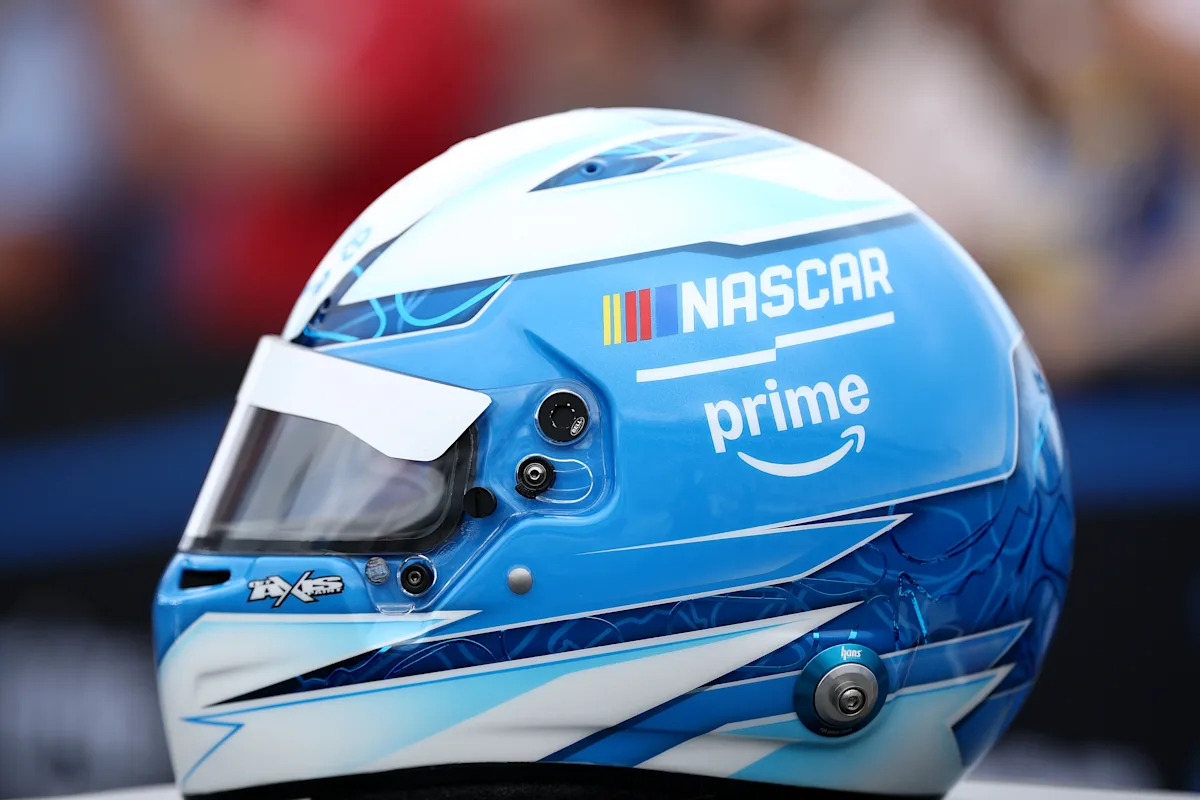Amazon Prime has already set a high bar for NASCAR broadcasts, and it seems Fox should take notice. Ryan Blaney secured victory in the second race of the season on Amazon’s broadcast during the Coca-Cola 600, marking the streaming giant’s debut in NASCAR coverage. So far, Amazon’s two televised races have been clear, professional, straightforward, and truly beneficial—exactly the kind of coverage NASCAR enthusiasts deserve.
Critiquing TV coverage is common among sports fans, who can be very passionate and often biased towards their favorite teams. However, NASCAR fans have faced tougher challenges with broadcasts in recent years. Fox, which has been covering NASCAR for nearly 30 years, sometimes feels like it’s just going through the motions.
About 25 years ago, Fox was in a similar place to what Amazon is now. Their first NASCAR Cup Series race broadcast was the 2001 Daytona 500, a moment that helped bring NASCAR into the mainstream. Fox’s early coverage was outstanding, especially in comparison to others. They set a high standard for NASCAR broadcasts, even embedding cameras in creative spots around racetracks.
But things have shifted more recently, and many have taken notice. NBC has even highlighted Fox’s shortcomings after taking over the second half of the season from ESPN. Fox hasn’t stepped up its game. While Kevin Harvick offers solid analysis, he can’t fully overcome the dated style that has crept into Fox’s broadcasts.
Amazon, on the other hand, didn’t start from zero. Like Fox, streamers often acquire NFL rights before diving into NASCAR. The commentary team of Adam Alexander, Dale Earnhardt Jr., and Steve Letarte brings extensive experience, with Alexander being a trusted voice for the Xfinity series and having worked alongside the others on NBC broadcasts. Their chemistry is apparent on screen.
Amazon excels in production details where Fox falls short. The broadcast focuses entirely on racing with minimal distractions, avoiding frequent cutaways to the audience. Camera angles closely match the commentators’ points, the graphics and image quality are impressive, and there are no full-screen commercial breaks during Green Flag periods. Advertisements are kept to a minimum and don’t overwhelm the race coverage.
This fresh approach has been a relief for longtime NASCAR viewers. It’s well-known that NASCAR’s audience demographic skews older compared to other major sports, as seen during the Coca-Cola 600 where viewership in the 18-49 range came at the expense of viewers over 50.
Streaming is becoming the new cable, and it’s clear this is how most sports content will be consumed going forward. NASCAR wisely partnered with Amazon in its new media rights deal to attract younger viewers, especially since Formula 1 has gained popularity among younger demographics.
Ideally, Amazon will keep improving on its promising initial broadcasts, pushing Fox, NBC, and TNT to elevate their NASCAR coverage to the same standard. If you’re skeptical about that happening based on past experiences, it’s understandable—many fans have grown weary of Fox’s NASCAR coverage over the last decade.
Fan Take: This shift to Amazon’s fresh, high-quality broadcasts signals an important evolution for NASCAR fans seeking better viewing experiences. If the traditional broadcasters rise to the challenge, it could drive renewed interest and growth in the sport, especially among younger audiences.



